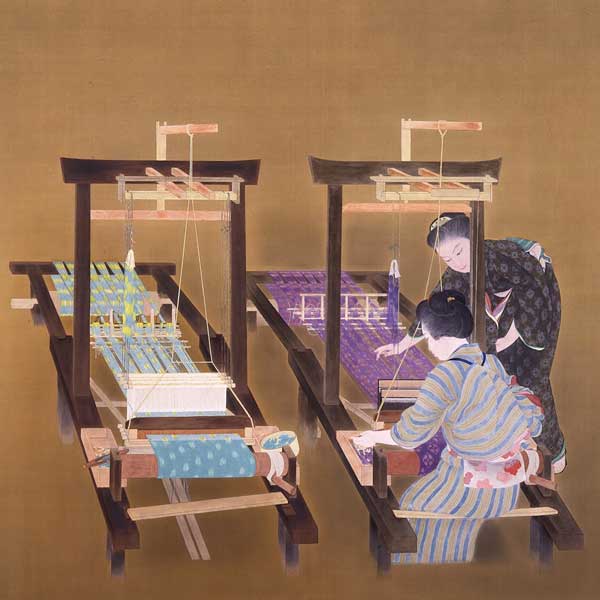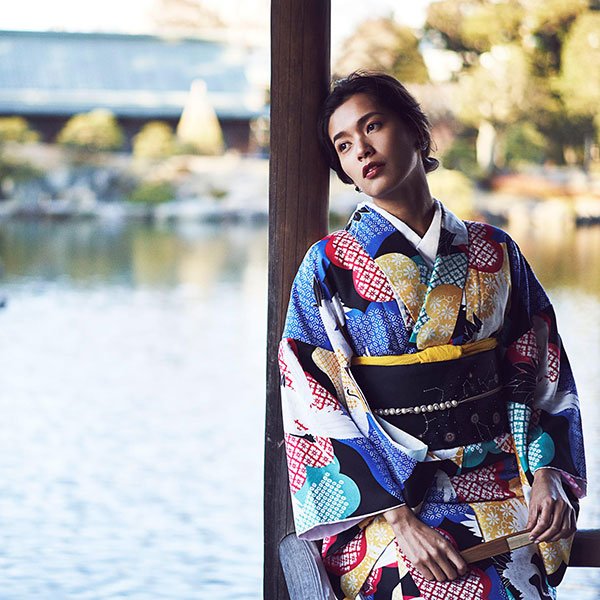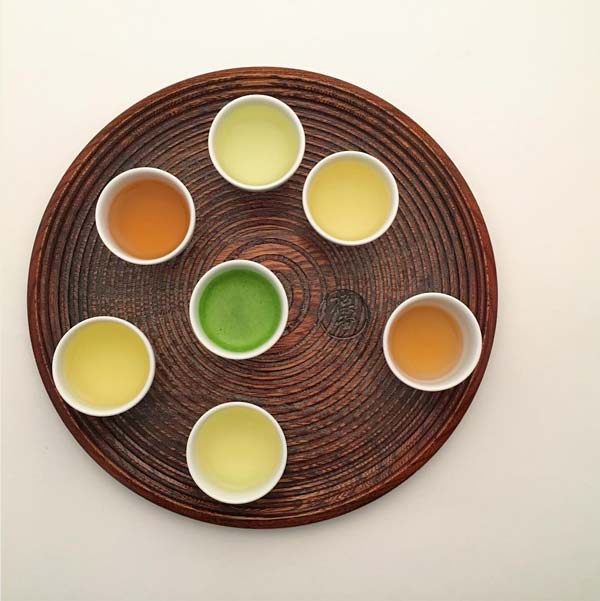20 Best Japanese Castles You Should Visit
by Cassandra Lord | TRAVEL
© JNTO, Kiyosu Castle
Visiting a Japanese castle is a great way to get a sense of the country’s history and tradition, and to see just how the architecture and styles differ from castles elsewhere. At one point, every one of Japan’s 47 prefectures had at least one castle. Due to fires, sieges and government orders over the centuries, however, not every castle has been left intact. So here we’ll take a look at 20 of the most scenic and interesting castles and ruins around Japan that you can still see today.
1. Osaka Castle (Osaka Prefecture)
© JNTO, Osaka Castle
Osaka Castle has a colorful history, surviving and succumbing to various feudal lords and wars. Although the original construction began in 1583, the version we see today was built in 1931. The white castle with its green tiles is surrounded by a moat and a spacious garden that is very popular in cherry blossom season. Visiting the castle is just one of the many things you can do in Osaka however. Check out our article for recommendations of 49 more!
2. Matsumoto Castle (Nagano Prefecture)
© JNTO, Matsumoto Castle
Matsumoto Castle is one of the few remaining original castles in Japan. While many you see today are made with ferro-concrete, Matsumoto Castle has kept its original wooden interior. It is sometimes referred to as the Crow Castle for its exterior black wainscoting that gives it unique visual appeal. Matsumoto is also a great place to stop over if you’re on your way up to the ski slopes of Nagano. For other ideas while you’re in the area take a look at 13 Best Things to Do in Hakuba When You’re Not Skiing.
3. Matsuyama Castle (Ehime Prefecture)
© JNTO, Matsuyama Castle
Matsuyama Castle is another of the remaining original Japanese castles, and was built in the early 1600s. Its defense structures are a good example of feudal castle architecture, and it has around 200 cherry trees that make it a great spring sightseeing spot.
4. Nagoya Castle (Nagoya Prefecture)
© Alpsdake, Nagoya Castle
Nagoya Castle has gone through various iterations over the years, the most notable being when it was home to the Tokugawa lineage during the Edo period (1603-1868). During this time, the surrounding castle town became Japan’s fourth largest city. The current reconstruction was built in 1959. Do note however that this castle will be torn down for reconstruction from 2024 to 2028, so get here as soon as you can! Don’t worry if you miss your opportunity however, there is plenty to do in Nagoya: check out 25 Best Things to Do in Nagoya.
5. Kumamoto Castle (Kumamoto Prefecture)
© JNTO, Kumamoto Castle
The impressive Kumamoto Castle was originally built in 1607. Although it was reconstructed in 1960, some of the original structures like the Uto Turret still remain. It’s considered one of Japan’s three main castles, and has various festivals and events throughout the year.
6. Himeji Castle (Hyogo Prefecture)
© Niko Kistakis, Himeji Castle
The elegant white Himeji Castle dates back to the 1300s, and the structure as we see it today was completed in 1609. It has stood tall ever since, and is sometimes known as the White Heron Castle due to its birdlike appearance. One of Japan’s most popular destinations to enjoy classic Japanese castle architecture; to find out why, check out Visit Himeji Castle: 8 Things to Know Before You Go!
7. Takeda Castle Ruins (Hyogo Prefecture)
© bullets95 / Creative Commons, Takeda Castle
Unlike some of the other castles mentioned, Takeda Castle is no longer standing. But it’s a beautiful sightseeing spot known as the Castle in the Sky because of its ethereal appearance amid a sea of clouds on misty mornings. It’s best viewed from a nearby mountain summit in October and November.
8. Okayama Castle (Okayama Prefecture)
© Kimon Berlin, Okayama Castle
Okayama Castle is another structure with a gothic black exterior, also earning it the nickname Crow Castle. Two unique features of this classic Japanese castle are the gilded roof tiles and the on-site pottery studio where you can try your hand at making local Bizen ceramics. For more information on this unique Japanese pottery, check out What is Bizen Ware? 7 Things to Know About Wabi-Sabi Pottery.
9. Hiroshima Castle (Hiroshima Prefecture)
© JNTO, Hiroshima Castle
Hiroshima Castle has a contrasting exterior of dark wood against white gables, and although it was originally constructed in the 1590s, it was rebuilt in 1958, thirteen years after an atomic bomb was dropped on the city. It was given the nickname of Carp Castle because the surrounding area, Koinoura, is translated as “Carp Bay.”
10. Shimabara Castle (Nagasaki Prefecture)
© 663highland, Shimabara Castle
Shimabara Castle is a white castle with an impressive five-story keep. While here, it’s worth visiting the surrounding museums and samurai town, or partaking in seasonal illumination and flower-viewing events.
11. Hikone Castle (Shiga Prefecture)
© JNTO, Hikone Castle
Hikone Castle is another one of the 12 castles in Japan that has retained its original form. It was completed in 1622, and while most of the structures have remained intact, there have been a few reconstructions. It’s a small yet no less architecturally significant castle.
12. Matsue Castle (Shimane Prefecture)
© JNTO, Matsue Castle
Matsue Castle was completed in 1611 and is also one of the 12 original surviving castles. The moody black keep sits atop a hill and is surrounded by a picturesque moat that you can explore by boat.
13. Maruoka Castle (Fukui Prefecture)
© JNTO, Maruoka Castle
Maruoka Castle is also one of the 12 remaining Japanese castles built in the 1600s. The three-story keep was nicknamed Mist Castle, due to tales of enemies who ventured near it only for the castle to become shrouded in mist, throwing the besiegers off course.
14. Inuyama Castle (Aichi Prefecture)
© JNTO, Inuyama Castle
One of the oldest of the 12 original keeps, Inuyama Castle was built in 1537. Its donjon is largely made of wood and stone, and offers beautiful views of the neighboring Kiso River.
15. Gifu Castle (Gifu Prefecture)
© JNTO, Gifu Castle
Gifu Castle was first built as a small fort in the 1200s, and was later reconstructed on a larger scale in the 1400s. The castle experienced various attacks and renovations until given its present-day form in the 1950s. It has since received minor renovations, however, with lights and walkways, and has a panoramic view of the city from the top.
16. Marugame Castle (Kagawa Prefecture)
© JNTO, Marugame Castle
Marugame Castle, another of the 12 originals, was completed in 1602, though only the keep and castle gates remain. The grounds are simple, yet make for a picturesque and leisurely stroll when visiting the area.
17. Kiyosu Castle (Aichi Prefecture)
© JNTO, Kiyosu Castle
Kiyosu Castle was originally built in the 1400s, then reconstructed in the 1980s. It’s most notable for its vibrant red fencing on the keep’s top floor, which makes for a good photo opportunity when framed by the gleaming vermillion footbridge.
18. Tsuruga Castle (Fukushima Prefecture)
© SQZ, Tsuruga Castle
Tsuruga Castle was first built in 1384 but was most recently reconstructed in the 1960s. It has unorthodox red roof tiles and a spacious garden where you can find its original teahouse.
19. Karatsu Castle (Saga Prefecture)
© JNTO, Karatsu Castle
Karatsu Castle is unusual, not only for being located on flat land, but also because it uses the ocean as a natural moat. Its nickname, Dancing Crane Castle, denotes the shape of the keep and the curving coastline on which it was constructed.
20. Tsuyama Castle (Okayama Prefecture)
© JNTO, Tsuyama Castle
While many castles in Japan have become cherry blossom viewing spots, Tsuyama Castle is one of the most impressive due to the roughly 1,000 cherry trees adorning the grounds. It’s also beautiful in autumn when red and orange foliage takes center stage.













TRAVEL | April 26, 2024